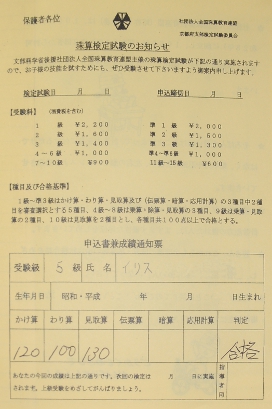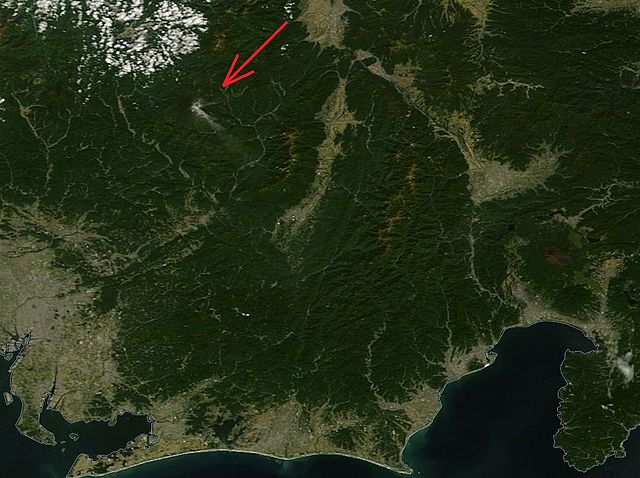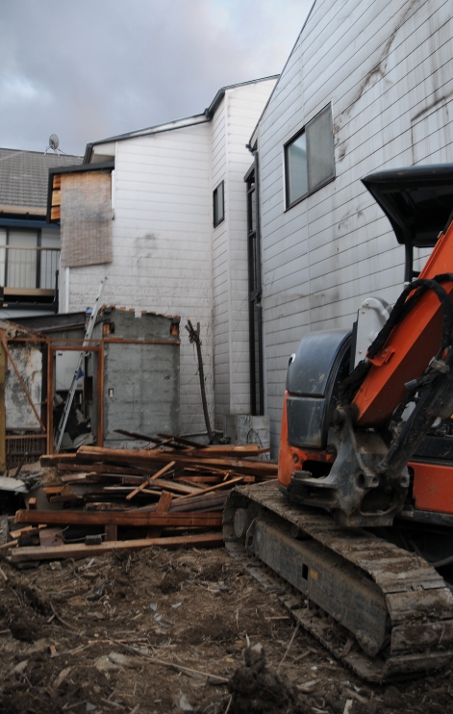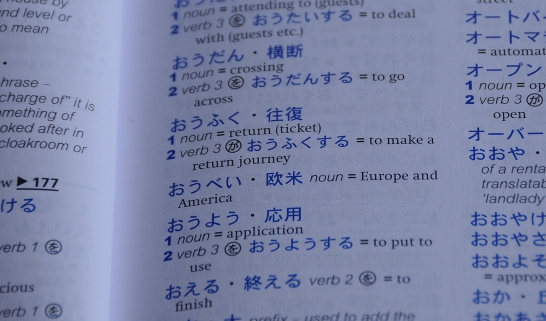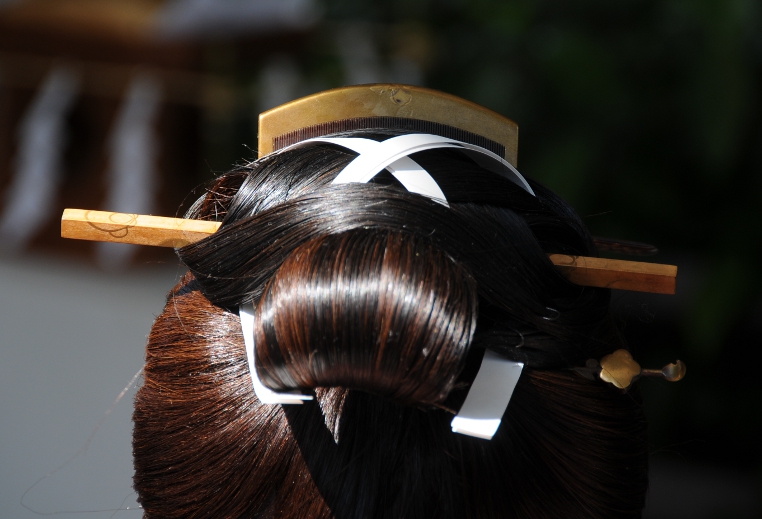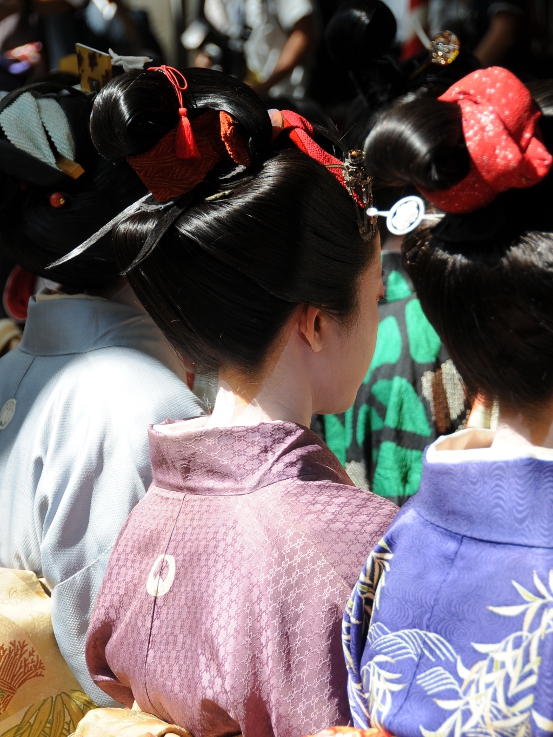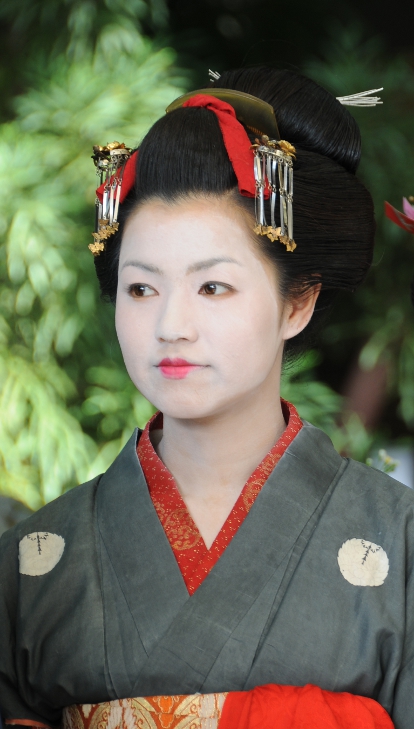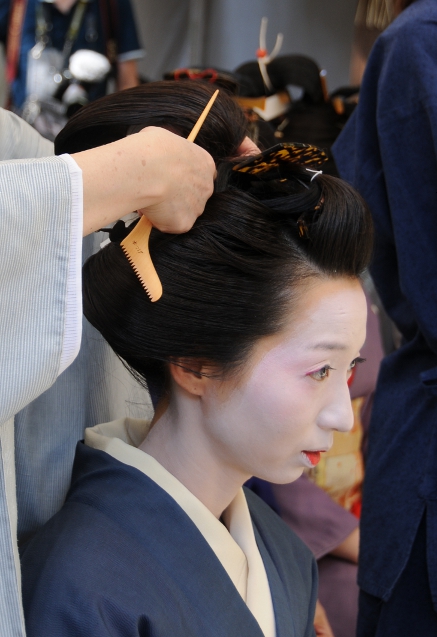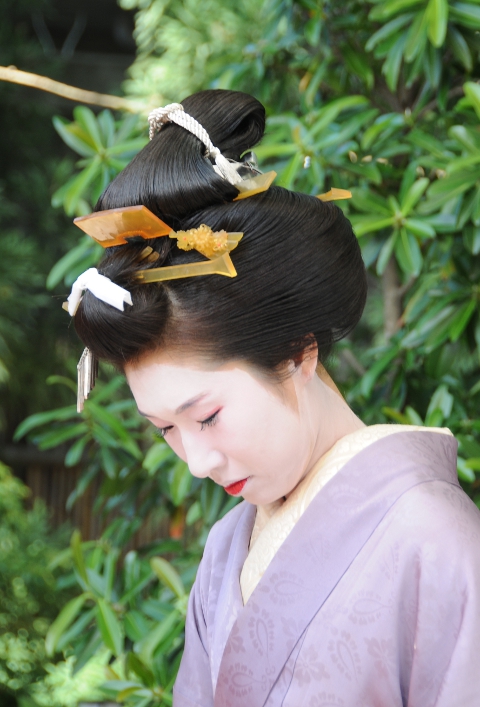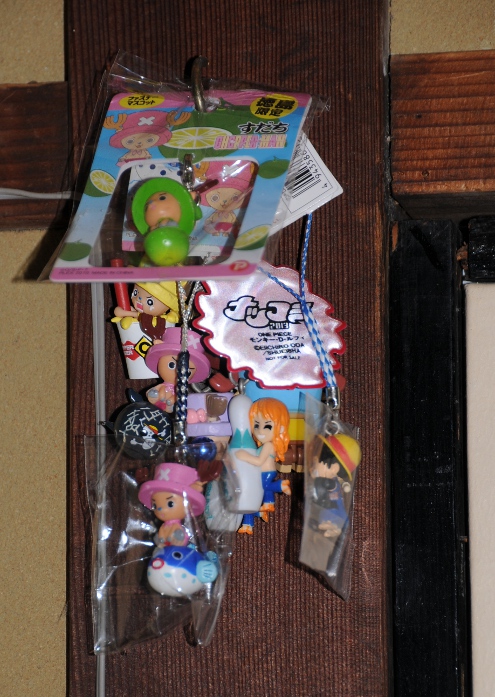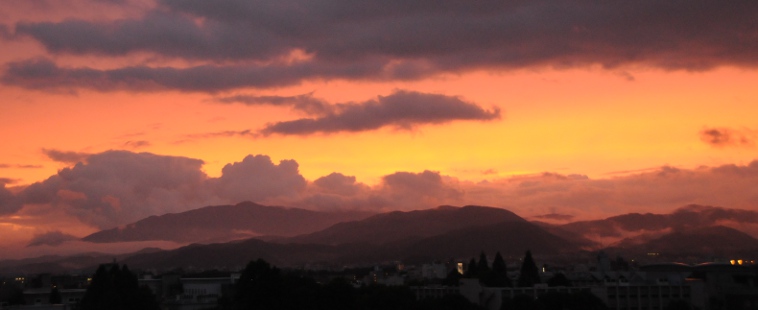It was a slow day today, as I was very tired. Although it has cooled down quite a bit – it even rained today – it is still warm enough in the night to sleep with open windows. I have windows in two walls, which is very nice during summer when there actually is a breeze; one set of windows faces West, the other towards the neighbours’ house, maybe 5 metres away.
It seems that somewhat unconsciously I am changing my habits to accommodate the cold season. Although I have always been a night owl, I am staying awake now much longer than in summer, and because I also need eight hours of sleep, I get up accordingly late. That means, I would love to – were there not the neighbour’s boy who sets his alarm at 6 am. How I know that? Did I mention that our windows face each other and he also leaves his open… It’s not a big deal when he wakes up and turns the alarm off quickly, but today he only put it on snooze, and then apparently left his room, because the alarm started again a few minutes later – without any further response except my growing annoyance. By the time I felt it proper to close at least my window, I was too agitated to go back to sleep.
It would not have done me any good anyway, as around 8:30 there began vigorous knocking in the house, or rather: on top of the house, as our roof is being repaired. I am not entirely sure what exactly the builder is up to (there is no spot from where you could watch him), but he uses heavy drills and knocks about a lot, and sometimes it sounds as if the stones from the roof structure are loosening and falling directly on the ceiling above my head. Not a nice feeling, knowing that the ceiling is 5 mm thin… (For details about our roof construction, have a look at my old post here.)
So, I decided, to finally try and get the headset fixed that I bought in June and which is broken already. I went to Yodobashi camera and wanted to see if there was a warranty so they could simply replace it, but it seems there is no such thing, at least not for the cheap type of headset I had bought. Anyway, there is a repair corner, and they will take care of the whole thing for me within the next 2 – 3 weeks. There was a very young shop assistant there, who spoke quite good English, and he went through great lengths to ensure I would understand what’s going on. On my receipt for the headset it says: Repairing takes about 2 – 3 weeks. Please come to Yodobashi Kyoto 1.F whenever you want, we work 9:30 – 22:00. Now, THIS is service! (Hello, Germans!)
Afterwards, I went around Yodobashi a bit. Our vacuum cleaner is broken and beyond repair – finally and thank goodness, I should say; the thing is ancient and sounded like a Boeing at takeoff – and I wanted to know what a new one would cost. The cheapest models are around 10.000 YEN, and from there the sky is the limit, of course; I have seen models for 65.000 YEN, and no, I don’t mean the roombas that were on display. I wonder whether they would work on tatami anyway.
When I finally came home I was very tired and glad that it had started to rain – no more roof repairing for the day. I took a few hours out of my afternoon to catch up on missed sleep. I will still leave my window open tonight, tomorrow is Saturday and I hope my neighbour will sleep a bit longer tomorrow.

